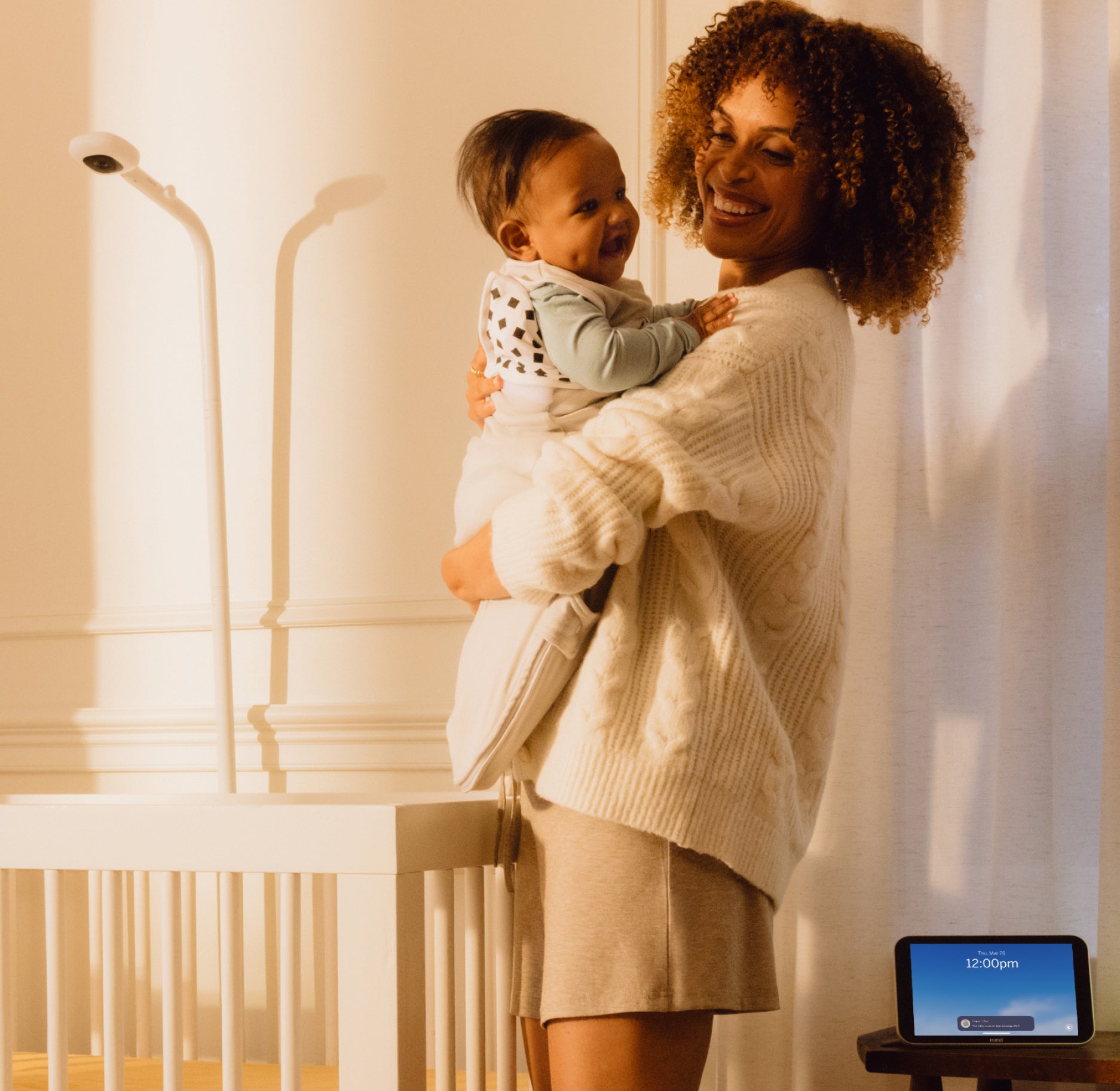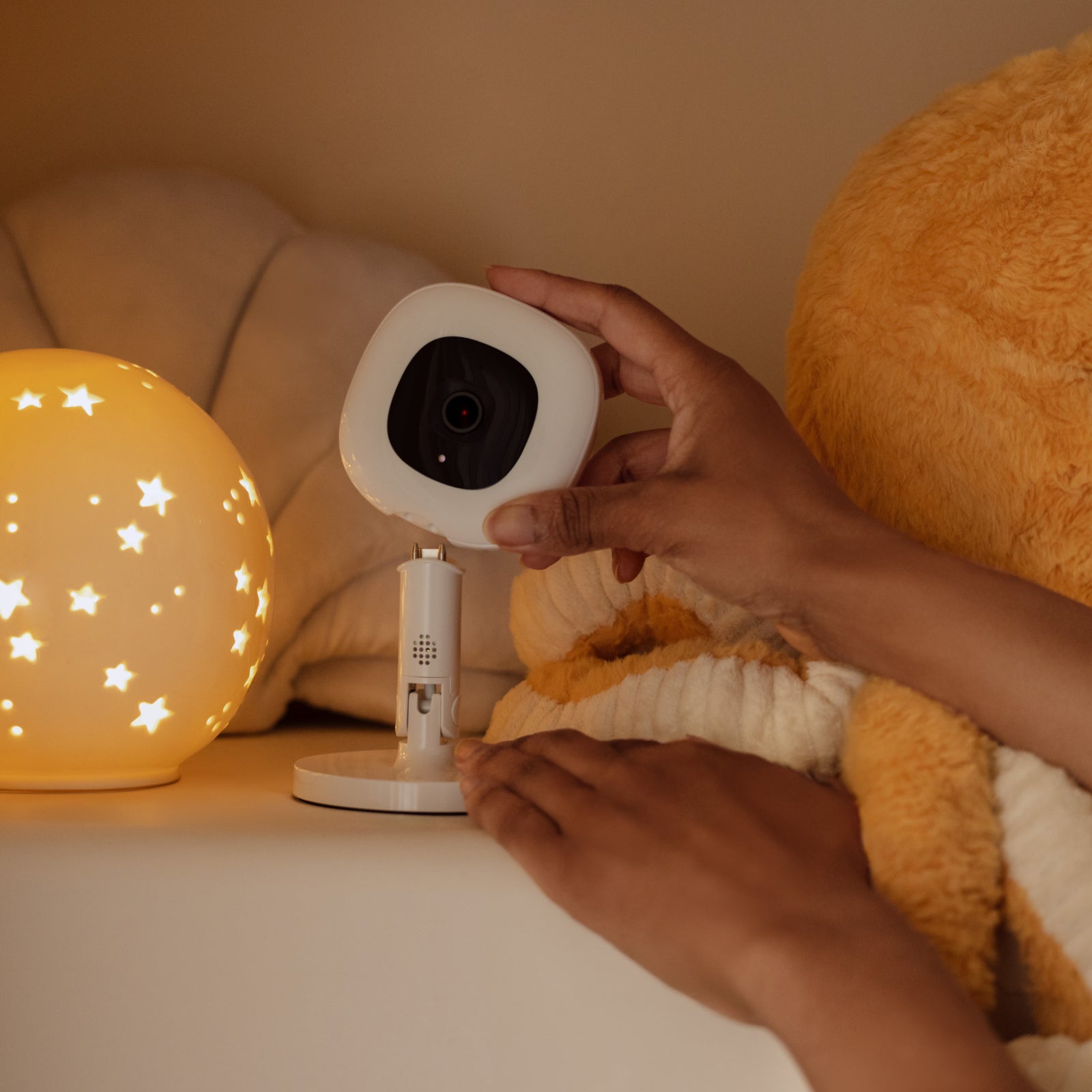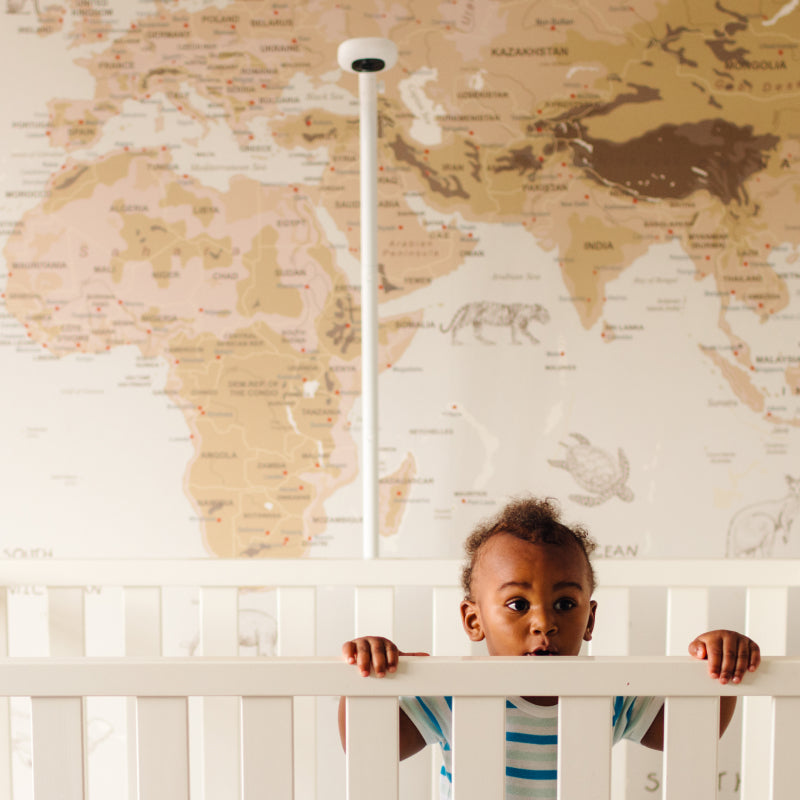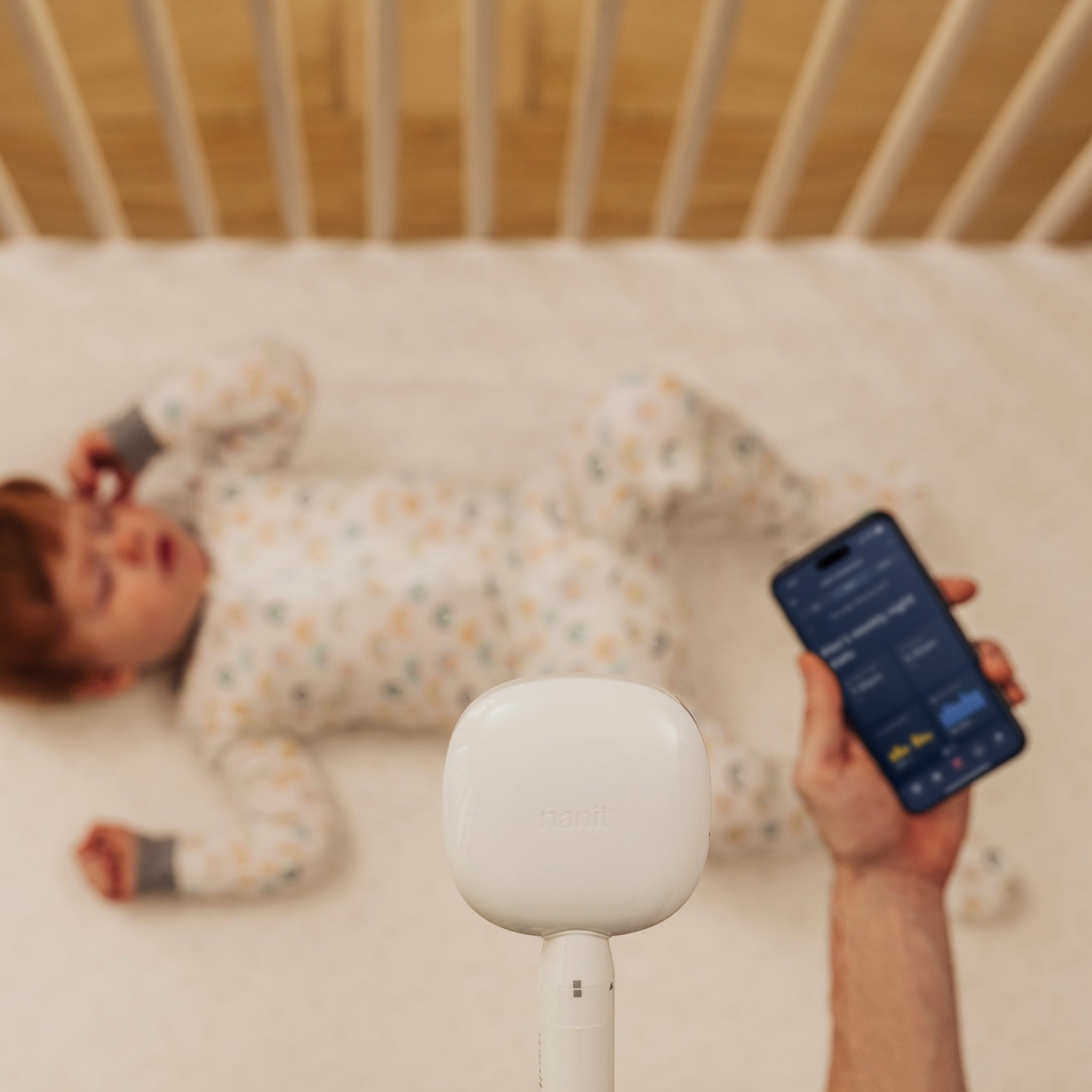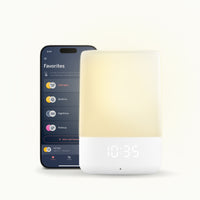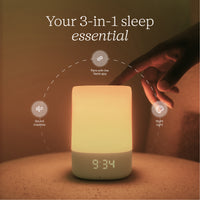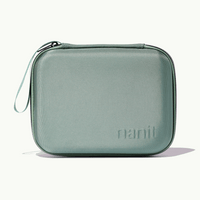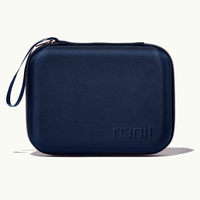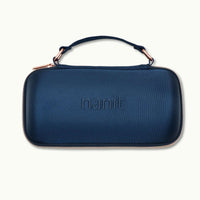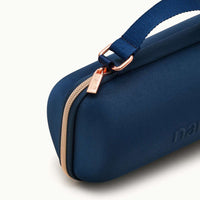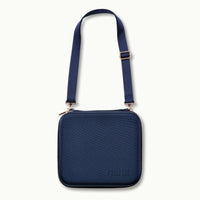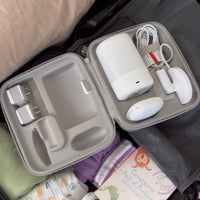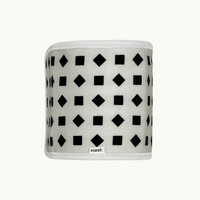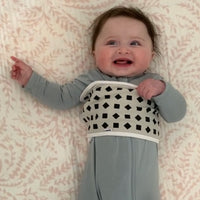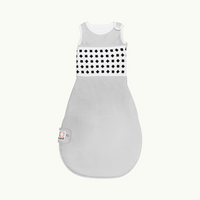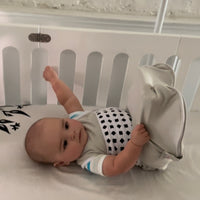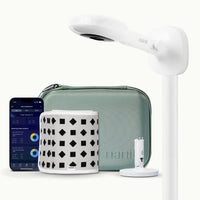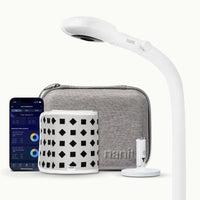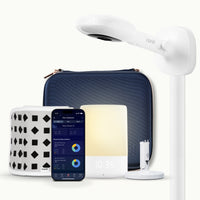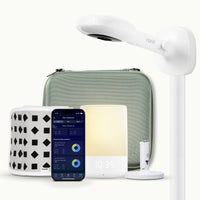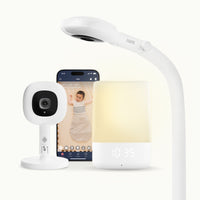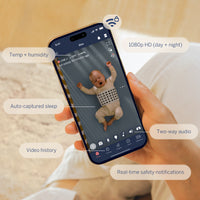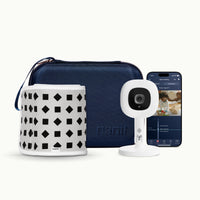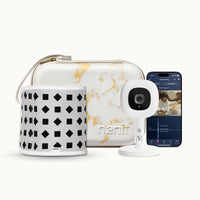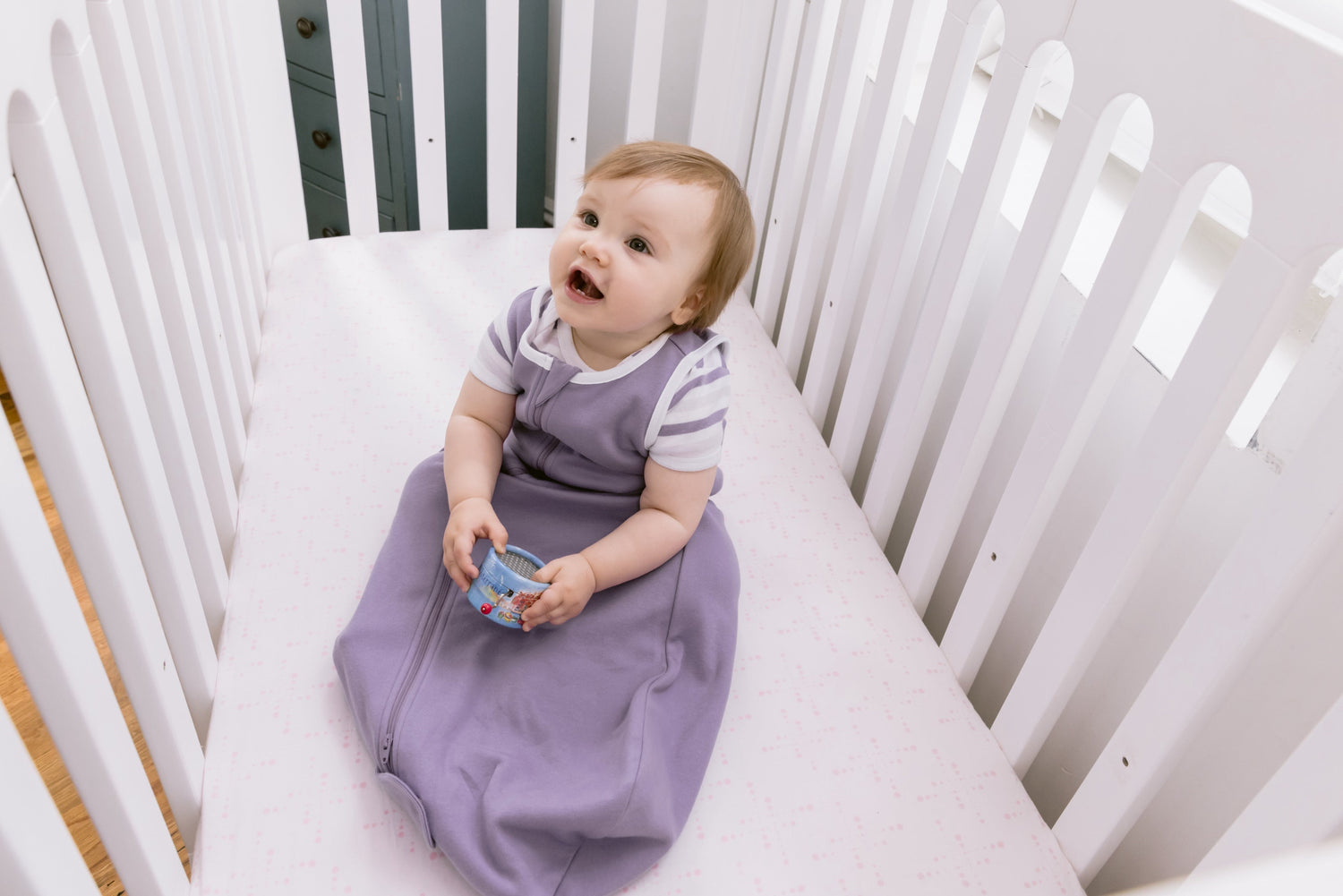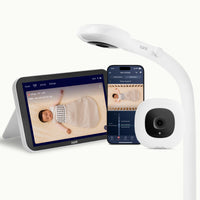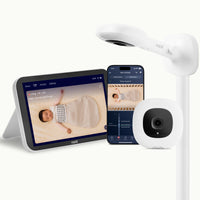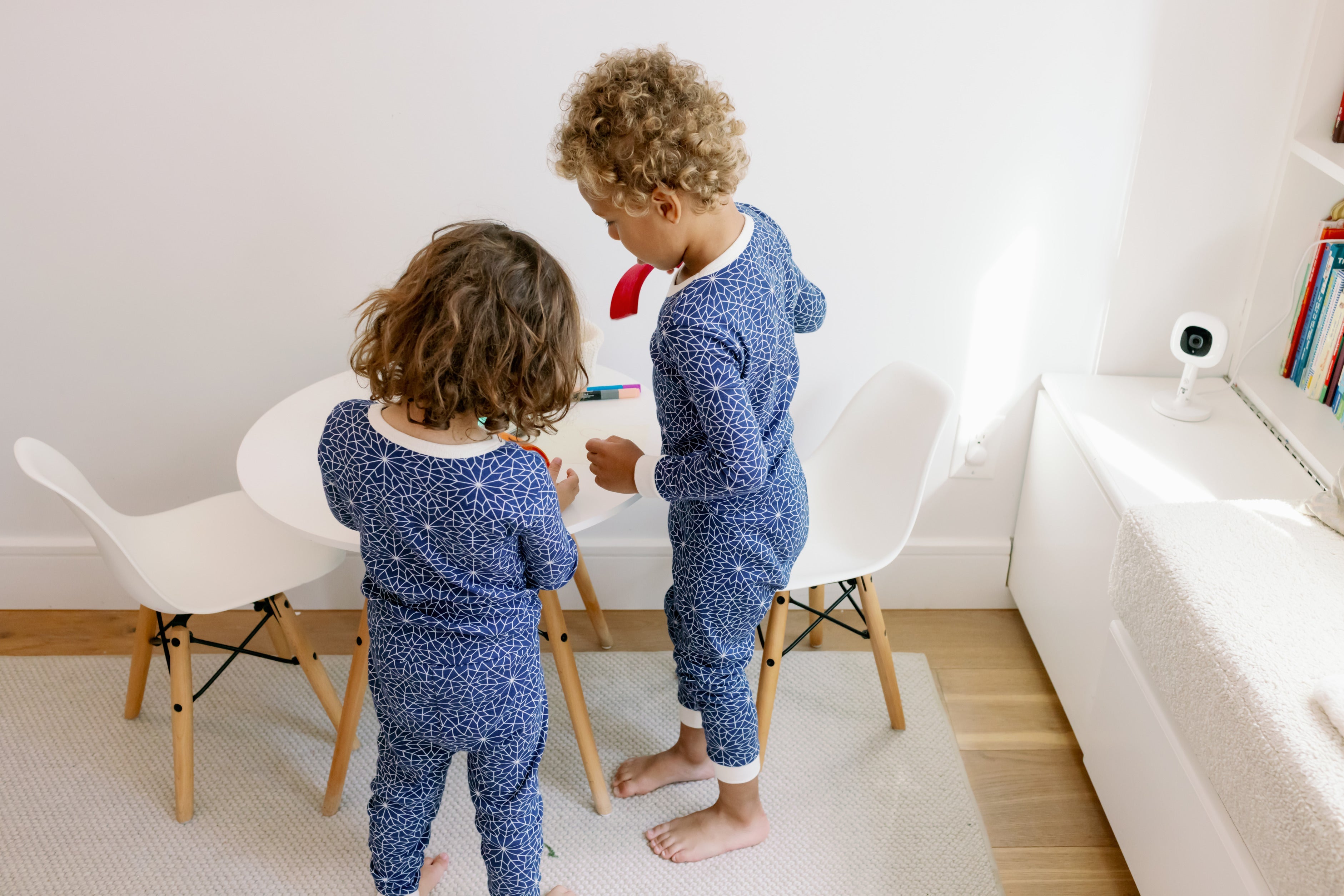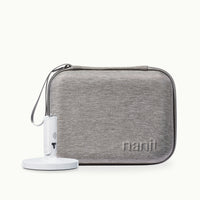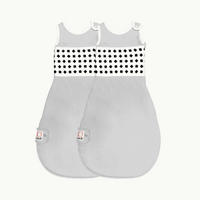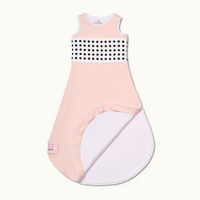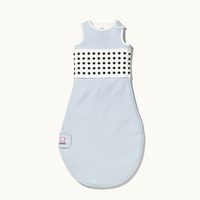For many parents, the subject of where your child (or children) should sleep is a topmost concern—and for good reason: Countless studies indicate that quality sleep is the key to physical health and emotional well-being, to say nothing of its effects on your child’s cognitive development and immunity.
But if you’ve been sharing a room with your baby— where your child sleeps in their own bed or crib in the same room as you—there may come a time when you and/or your partner are ready to reclaim your space. So when can babies sleep in their own room? In short, there is no concrete timeline. Here are some things to consider to help you decide what’s best for your family.
When can a baby sleep in their own room?
The American Academy of Pediatrics (APA) recently revised their guidelines and now recommends that babies sleep in the same room as their parents for at least the first six months of their lives, but not in the same bed. Having separate beds curbs the risk of Sudden Infant Death Syndrome (SIDS), and 90% of cases occur within the first half year of a child’s life.
However, other experts indicate otherwise: According to study featured in Pediatrics, children who sleep in their own rooms younger than 6 months— do better because of it. Indeed, “early independent sleepers,” as they’ve been called, may sleep for longer periods than infants who “room shared” with their parents.
The latter study discovered that despite the APA’s recommendations:
- Room sharing may actually decrease the duration and quality of sleep for parents and children.
- Room sharing may increase the chance of unsafe sleep practices, such as falling asleep with your baby in your arms as you’re feeding them.
Another point to consider as you weigh your decision of when to shift your child to their own room: Your baby may become more and more aware of their surroundings at approximately 8 months of age. Moving your baby into their own room before this occurs—a time which may prompt major separation anxiety for your littles—might facilitate a smoother transition.
Are you ready to transition?
Given the conflicting advice, the question remains: When should babies sleep in their own room?
In the end, only you, your pediatrician, and your baby can answer that: Family sleeping arrangements are wholly personal and specific to each family’s:
- Lifestyle
- Situation
- Preferences
- Cultural norms
Transitioning your baby to their own room: timing and considerations
Whether you’ve decided to move your baby to their own room at 3 months, 6 months, or 13 months, you may want to:
- Introduce your baby to their new room gradually. Placing your baby in an unknown space to sleep by themselves for the first time might be disruptive for them and leave you running into your child’s room in the middle of the night to comfort them. Instead, introduce them to their new sleeping quarters gradually. Start out with naps, and close the door (if possible) while they’re resting. Do relaxing activities in their own space, such as feeding or reading to them.
- Create a little distance between you and your child. If your baby has been sleeping in a crib, bassinet, or sidecar crib, consider moving their bed a few inches away from yours for a couple of weeks prior to transitioning them into their own room. This may help your child adjust to waking up and not seeing you immediately—and ease the eventual transition to the new space.
- Track your baby’s naps with technology. Smart monitors, or monitors that not only assess your child’s sleep but also offer important insights on their breathing and room environment, can be wonderful reassurance for parents. Monitors help you feel as if you’re in your child’s room, but the distance affords you a better, and more complete, night’s sleep.
A monitoring device and app, like those from Nanit, allow you to talk to your child—or even sing a lullaby— assisting them to self-soothe and return to sleep on their own, a skill crucial to their overall development.
Last but certainly not least, be sure to keep up a consistent bedtime routine. Certain cues, such as dimming the lights in your child’s room, singing your baby a song, and placing them gently on their backs when they start to get drowsy can signal to your child that it’s time to go to sleep.
Achieve peace of mind with Nanit
The short answer to ‘When should my baby sleep in their own room?’ Anytime you feel comfortable. But only you and your pediatrician can make that call.
When you’re ready for this milestone, Nanit has you covered—literally. Our Pro Camera features an array of top-notch tools that facilitate a better night’s sleep, letting you provide the care your child needs throughout the night while also taking care of yourself.
Remember that Nanit is not a medical device, nor should it replace the oversight and advice from a healthcare professional.
Key takeaways
- Babies may sleep better independently. Co-sleeping may have its benefits, but research indicates that early independent sleepers may sleep for longer stretches when they’re placed in their own room at approximately four months of age.
- Transition your child to their own space gradually. Introduce your baby to their own room with naps and soothing activities to ease the switch to their new space.
- Leverage technology for improved sleep. With features ranging from sleep tracking and analytics to smart alerts, smart baby monitors have become the golden standard in assisting with your child’s health and well-being.
- Sources:
AR Texas Pediatrics. The importance of sleep for children’s health and development. https://www.artxpeds.com/the-importance-of-sleep-for-children-s-health-and-development
American Academy of Pediatrics. New safe sleep recommendations can help pediatricians guide families. https://publications.aap.org/aapnews/news/20619/New-safe-sleep-recommendations-can-help
Pediatrics. Mother-infant room sharing and sleep outcomes in the INSIGHT study. https://publications.aap.org/pediatrics/article-abstract/140/1/e20170122/37986/Mother-Infant-Room-Sharing-and-Sleep-Outcomes-in?redirectedFrom=fulltext
Harvard Health. Room sharing with your baby may prevent SIDS, but it means everyone gets less sleep. https://www.health.harvard.edu/blog/room-sharing-with-your-baby-may-help-prevent-sids-but-it-means-everyone-gets-less-sleep-201706062525
Very Well Family. What research says about when babies sleep in their own room. https://www.verywellfamily.com/when-should-babies-sleep-in-their-own-room-4143271
WebMD. Baby development: 0-8 month old. https://www.webmd.com/parenting/baby/baby-development-8-month-old
Mayo Clinic. Good sleep habits in infants and young children. https://mcpress.mayoclinic.org/parenting/good-sleep-habits-in-infants-and-young-children/
Research Dive. Baby monitors are making parenting easier; here’s how. https://www.researchdive.com/blog/baby-monitors-are-making-parenting-easier-heres-how
Tender Transitions Sleep Coaching. The truth about baby monitors: friend or foe? https://tendertransitionsmn.com/the-truth-about-baby-monitors-friend-or-foe/



